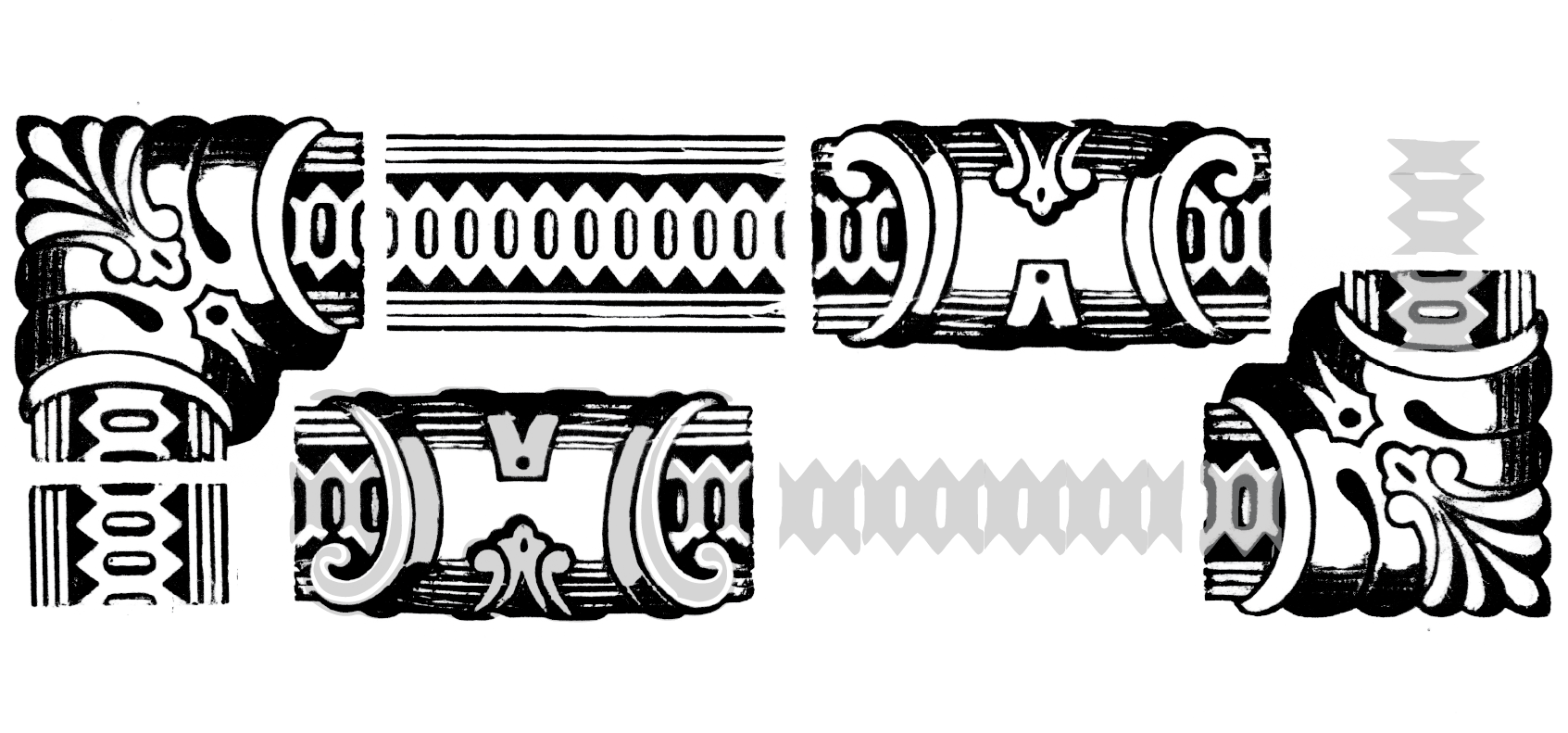Hell-Box
Chaos

The collection contains a wide range of decorative material in addition to the 150+ typefaces. The first wood type ornaments were the pointing hands variously known as Indexes or Fists, and were followed by countless designs and styles. Decorative wood borders were first shown in the 1830s, and all manufacturers produced a wide variety of them by the 1860s. Catch Words first were shown in 1872. They are singular blocks that feature commonly-used words, often including ornamentation of some kind. The collection also features a range of engraved image blocks that likely were produced for custom jobs.
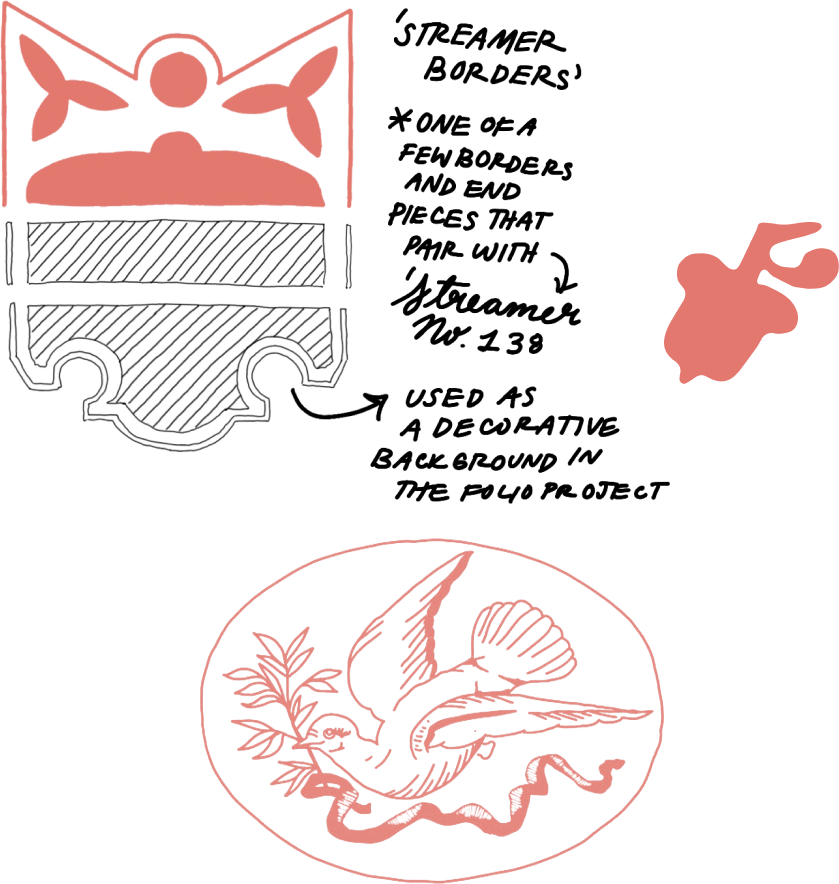
The first ornaments (non-typographic or border material) offered by wood type manufacturers were the hand-with-pointing-finger symbol named Indexes. Wells & Webb first showed a Calligraphic Index in 1854, followed by William H. Page & Company’s introduction of a more representational variant of the Index in 1859. The surviving specimen catalog record suggests that almost no new ornamental designs were introduced during the 1860s. William H. Page & Company began introducing a variety of ornamental elements again in the early 1870s, including a variety of stars and catchwords. Eventually all manufacturers offered a range of ornamental cuts, but William H. Page & Company continued to lead in introducing and elaborating wood ornaments throughout the 1870s and into the 1880s, including its introduction of floral and spacing ornaments as well as intricate decorative pieces that it named Japanese Corners.
The interest in ornaments diminished greatly after the turn of the century, and by the 1930s wood type manufacturers were showing only simple geometric forms—diamonds, circles, squares, and stars—as ornaments.
Wood borders were first shown by Edwin Allen in George Nesbitt’s 1838 First Premium Wood Types, Cut by Machinery. One of the most commonly shown early borders was a variation on the “Grecian Key” pattern, simply titled Grecian Border. William H. Page & Company greatly expanded the ornamented border styles available in wood type, beginning with the 1859 Specimens of Wood Type, Borders, Rules, &c. By the early 1860s, all wood type manufacturers showed border material in solid, grooved, and ornamented styles.
William H. Page & Company developed a mechanical stamping process in the early 1870s that it used to produce border material. Its inherent precision allowed the manufacturer to offer a wide range of intricate geometric border styles. William Page and George Setchell patented improvements to this process in the 1880s to also make die-cut or “New Process wood type.”
All American manufacturers in the nineteenth century sold wood border by the pica measure. The Hamilton Manufacturing Company began offering a series of solid, single- and double-grooved wood rule based on the point system named New Series Wood Rule in 1897. Ornamented borders became less popular after the turn of the century, but wood rule in solid and grooved styles remained an important component of wood type manufacturers’ offerings throughout the twentieth century.
Thomas Bewick (1753–1828), widely regarded as the father of wood engraving, developed a technique that provided greater clarity and detail to the images rendered in the late eighteenth century. Before Bewick, woodcuts were created by carving a relief image into the softer side-grain of the wood. This technique was known in Japan as early as the eighth century, and it had appeared in Europe by 1400. Bewick’s innovation used metal-engraving tools to inscribe the harder end-grain. This approach remained the dominant method of image production until it was superseded by the photomechanical halftone at the end of the late nineteenth century.
Paul Duensing describes the impact of the nineteenth-century engraved image: “as illustrators of merchandise, they made possible the whole field of the mail-order catalog, and perhaps it may not be too strongly stating the matter to suggest that they also played their part in quickening the tempo of the American economy by making possible the rapid development of the whole world of advertising.”
Wells & Webb’s 1849 Specimens of Wood Type “Cut by Machinery” is the earliest known wood type manufacturer’s notice of the commercial availability of “boxwood and mahogany prepared for engravers.” The 1877 Specimens of Vanderburgh, Wells, & Co’s Wood Type, Borders, Rules, &c. was the first wood type catalog to show a specimen of a commercial engraving—Cuts for Bag Work—as an image of a sheaf of unthreshed wheat. The cuts offered by American wood type manufacturers though their type specimen catalogs seemed primarily intended for the bag and flour sack printing market. the cuts were shown from the late 1870s through the early 1890s.
Kelly included a selection of the borders, ornaments, and cuts he had collected in his 1964 folio, but he did not identify any of that material. He wrote only two sentences very generally describing these items in the text of the folio. He expanded the history greatly in American Wood Type 1820–1900, but did not show any of the items he’d gathered in the collection.
The remainder of this section includes all names, known manufacturers, and dates originally shown, as well as names and dates first shown by all other wood type manufacturers.
Chaos

Catch Words, Calendar Logotypes & Flour Items

Ambulatory and volant animals, emblems, wheat

Manicules & arrow
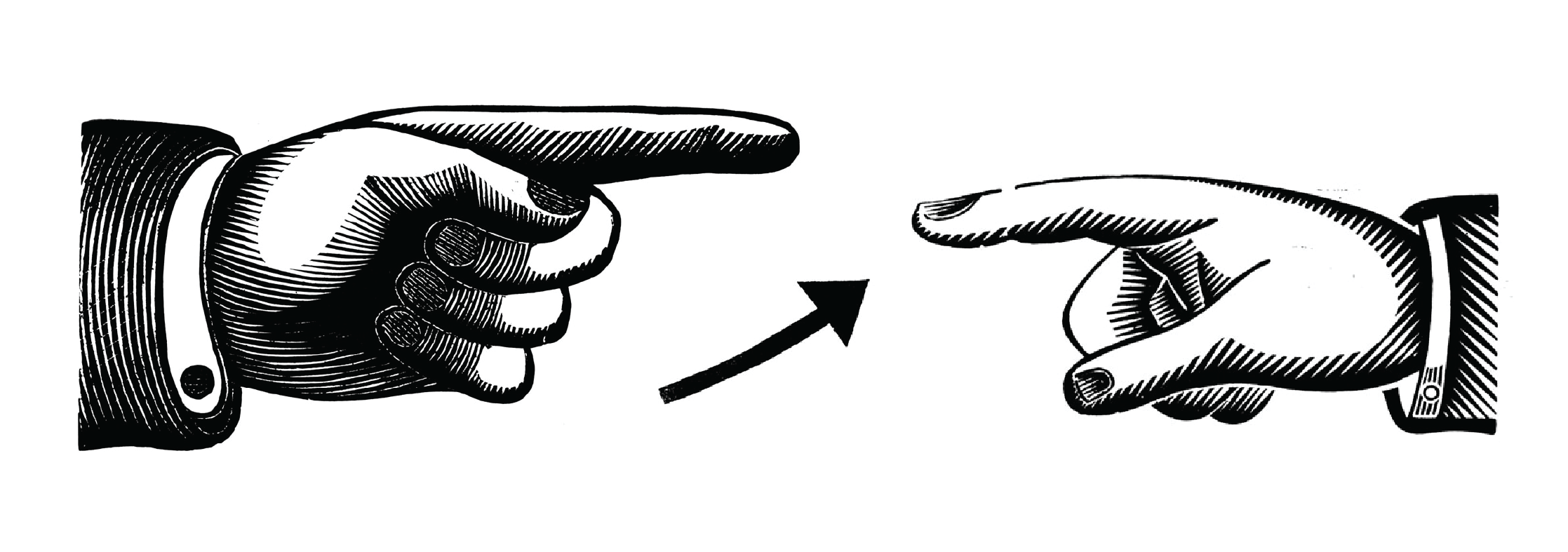
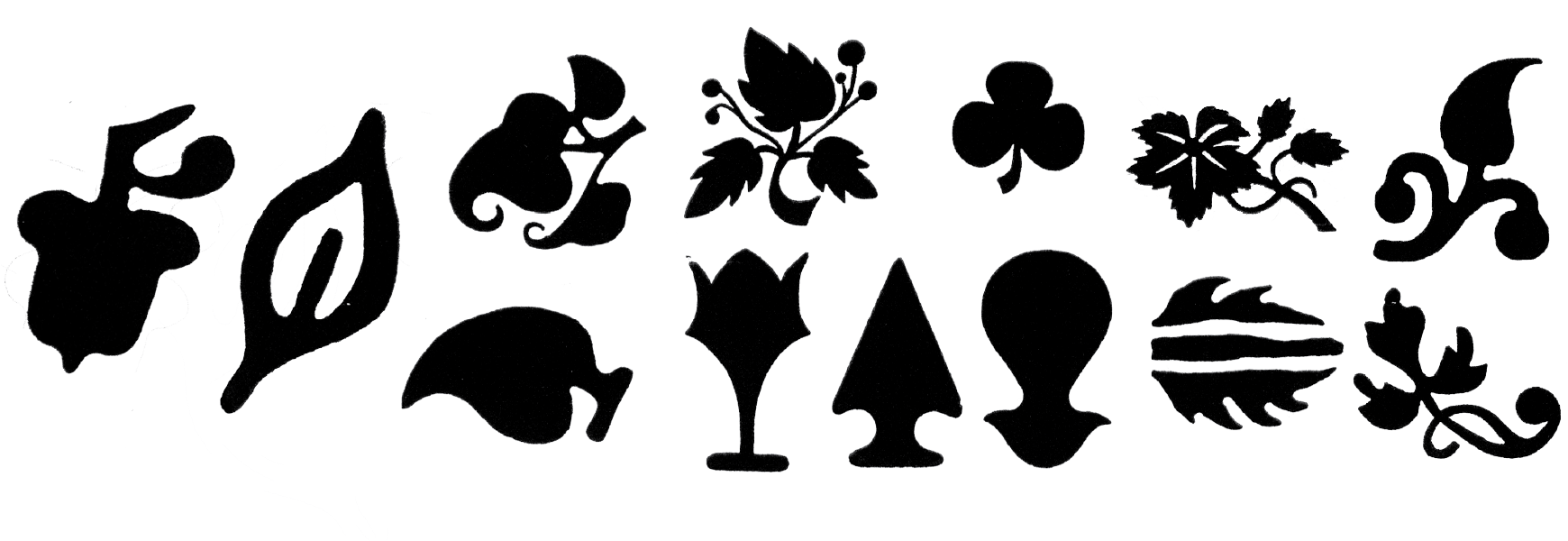
Spaces, ornaments, borders & stars

Decorative border & rule

Decorative corners & half-round pieces

Streamer end pieces & border components

Solid wood rule

Solid wood rule

Solid wood rule
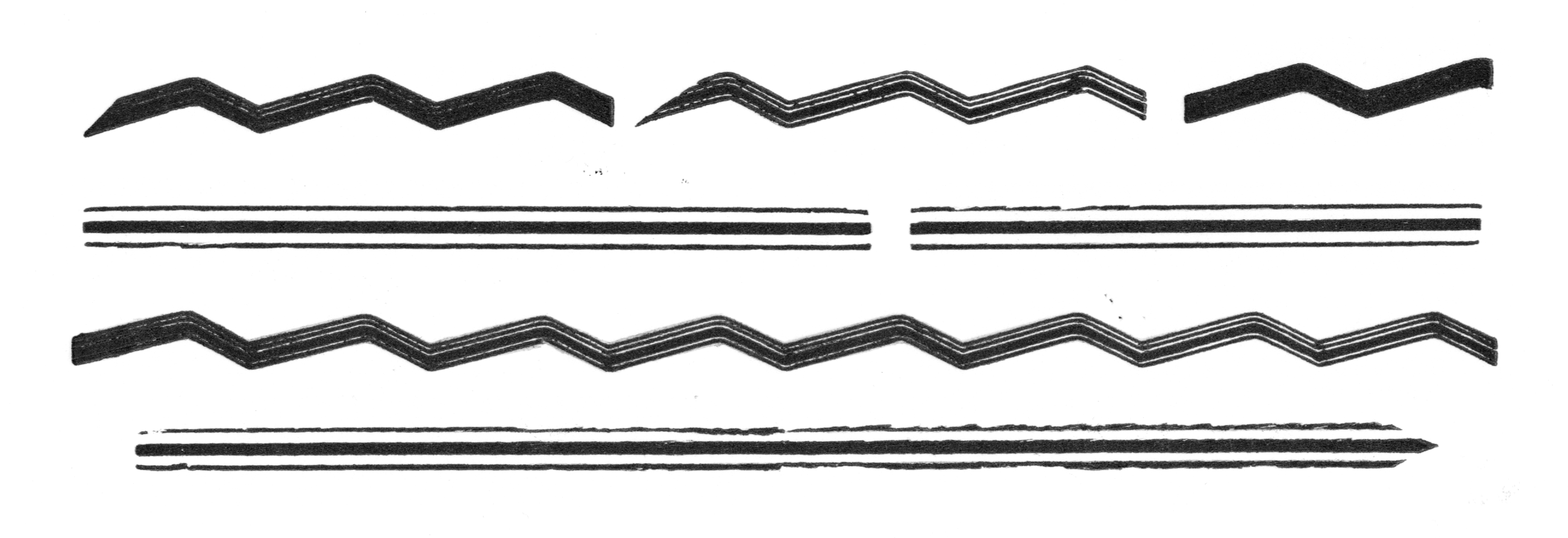
Single-groove star border & rule
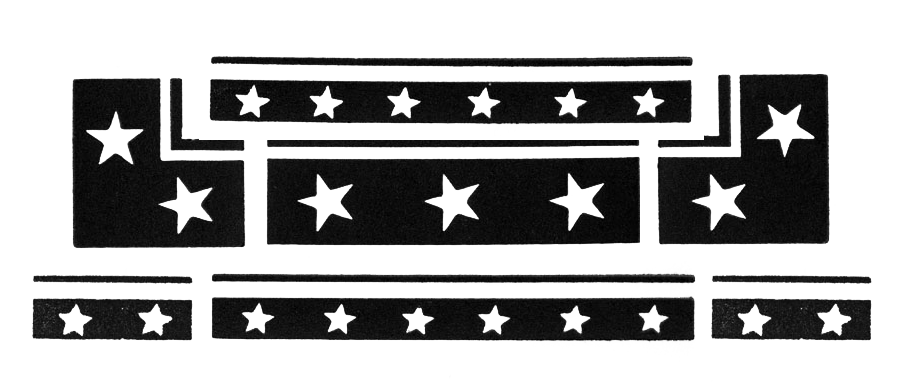
Single-groove star border & rule

Double-groove star border & rule

Double-groove star border & rule

Double-groove & groove-less circle borders

Double-groove & groove-less diamond borders

Double-groove chain link borders

Chain Link
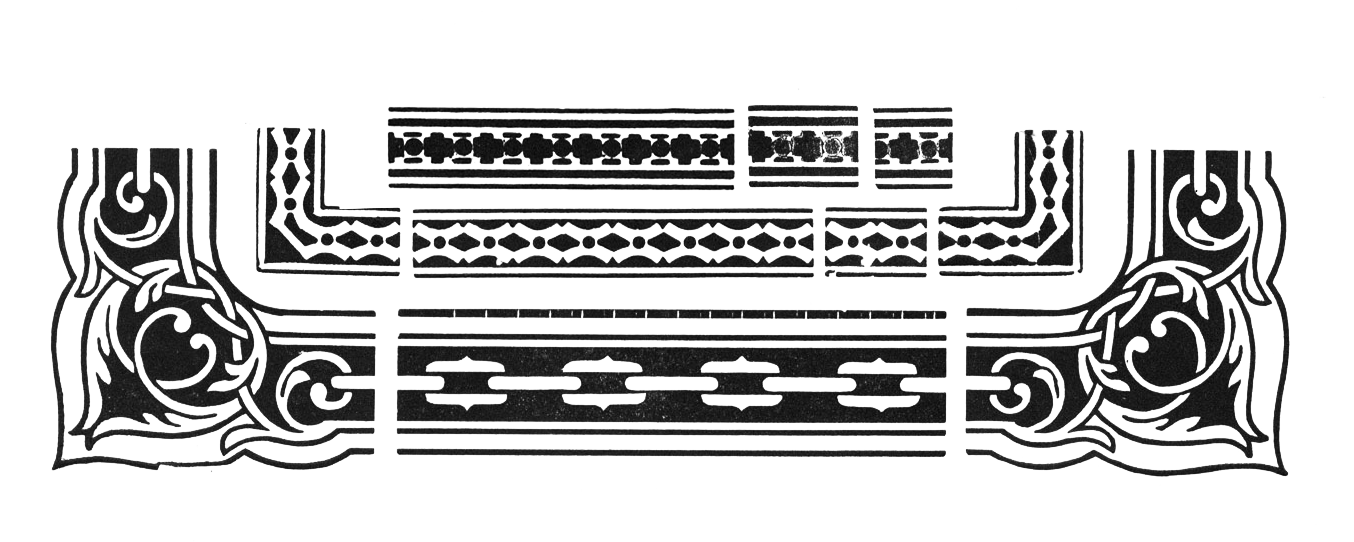


Chromatic border & Roman flame set
